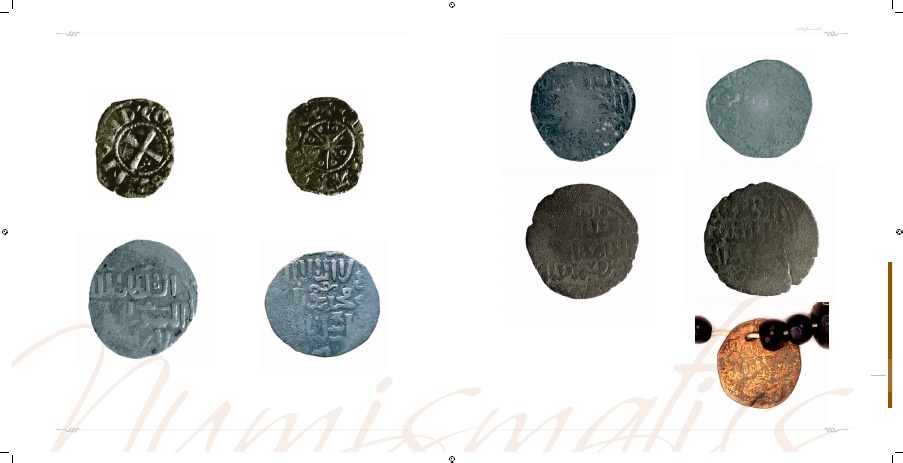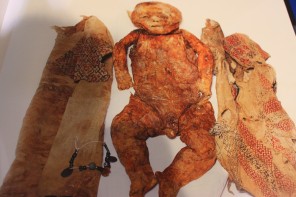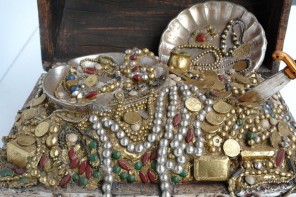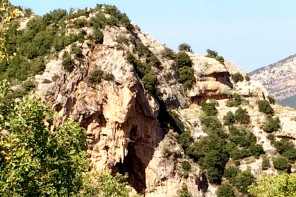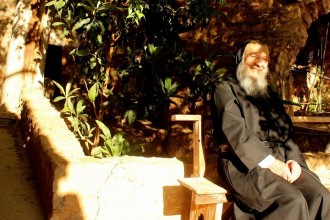During the Crusades (1099 -1291 A.D.), a part of what was known as Historical Mount Lebanon (Jibbat Bsharri, Jubayl and Batrun, Jibbat al-Munaytra) belonged tothe administrative county of Tripoli, which extended geographically from the bridge of Maameltein near Junieh south ward to the country of Tartus in Syria today.Asi-l-Hadath Grotto belongs to the village of Hadath, situated in Jibbat Bsharri; it was named Asi (impenetrable) due to the difficulty of access to it.
The majority of the inhabitants in this region were Maronites, and they had a relationship of faith with the Church of Rome on the one hand, and an alliance and friendship with the Crusaders on the other. Butthis relationship was not without its problems, due to thenature of the Westerners dealing with the local population,in addition to the Ayubi – Mamluk factor that ended theCrusade presence and returned the areas under their controlto the Islamic rule.The serious attacks against Jibbat Bsharri began in 1268 A.D.when the Mamluk Sultan Baybars surrounded the city of Tripoli and seized one of its towers.
However, his attacks did not lead to conquering the city, so he ordered his army to seek revenge against the Christians in the mountain who
inconvenienced him during the siege. Therefore, many villages, churches, and grottos were destroyed and their inhabitants killed. One of those villages was Hadath and its surroundings.The regions belonging to the county of Tripoli gradually fell in the hands of the Mamluks one after the other.
Sultan Qalawun signed a peace treaty protectingall the county lands with Bohemond the Seventh of Tripoli for ten years. In the midst of this Crusade-Mamluk treaty, a Mamluk campaign headed in 1283 A.D. to Jibbat Bsharri and destroyed villages, killing the people or leaving them destitute, and Assi el Haddath fell under siege for 7 years before being discovered and an important part of Maronite history was revealed and Kannoubine valley was finally enlisted as UNESCO Patrimonial site.

